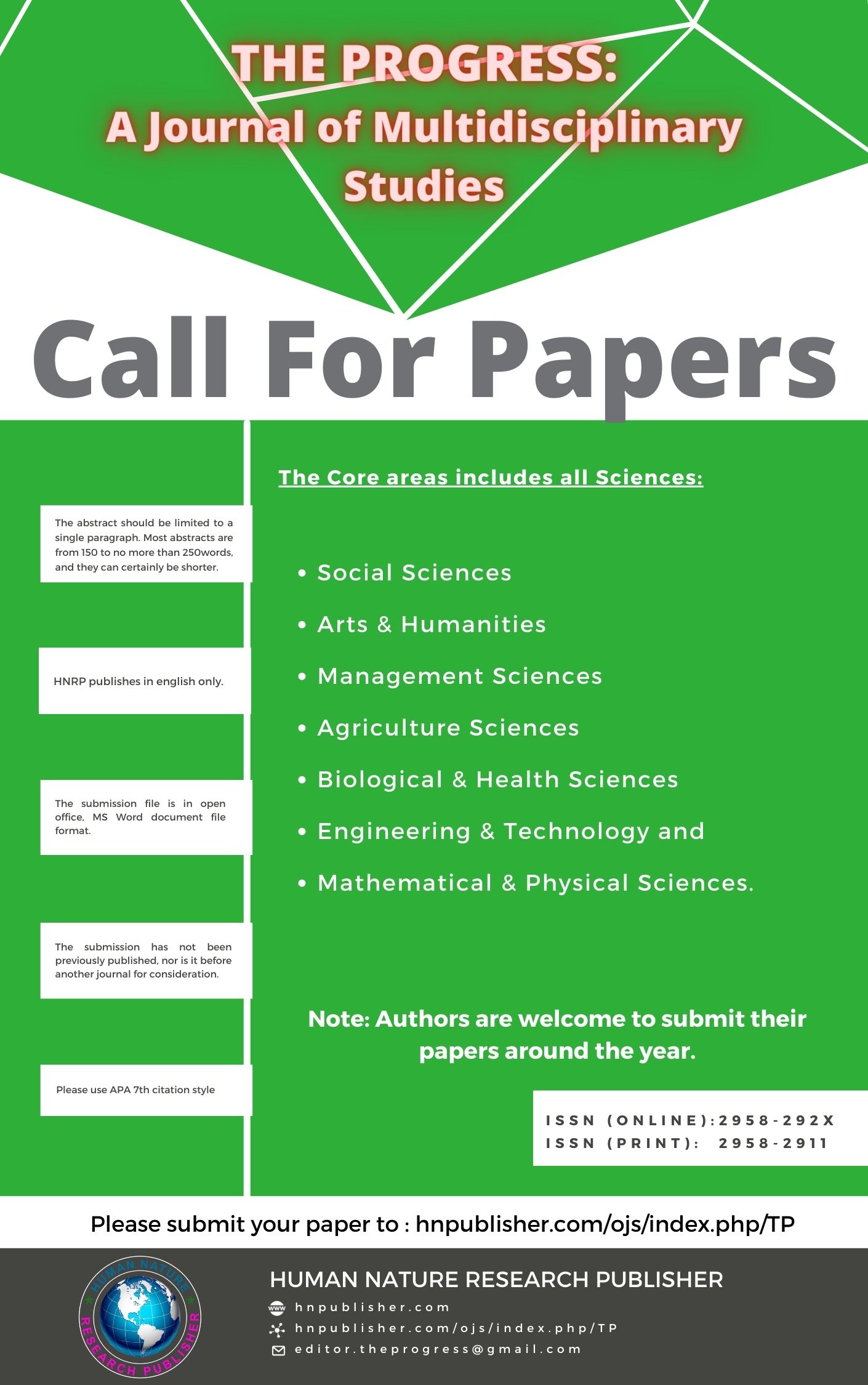Prevalence and Risk Factors of Arthropod-borne Diseases among Students in Tertiary Institutions in Anambra State, Nigeria
DOI:
https://doi.org/10.71016/tp/e1fhcv91Keywords:
Prevalence, Risk Factors, Arthropod-borne Diseases, Students, Tertiary InstitutionsAbstract
Aim of the Study: This study investigates the prevalence and risk factors of arthropod-borne diseases among students in tertiary institutions in Anambra state, Nigeria.
Methodology: Employing a descriptive survey research design, data were gathered through a cross-sectional survey questionnaire distributed to a sample of 100 students from various institutions. The survey instrument, consisting of three clusters and 19 items, was developed by the researcher, underwent face validation by experts, and demonstrated acceptable internal reliability (Cronbach's α = 0.91). Utilizing a 4-point Likert scale, respondents provided perceptions on disease prevalence and associated risk factors. Descriptive statistics, mean, and standard deviation were computed using SPSS version 22.
Findings: The findings revealed a high prevalence of mosquito-borne diseases, emphasizing the significance of sanitation practices, outdoor activities, and exposure to disease vectors.
Conclusion: The study contributes valuable insights for public health interventions in tertiary institutions, recommending targeted strategies for vector control, hygiene promotion, and awareness campaigns. This research enhances our understanding of arthropod-borne diseases within the context of Nigerian tertiary institutions, providing a foundation for tailored preventive measures and public health policies.
Downloads
Published
Issue
Section
License
Copyright (c) 2024 Tobechukwu Ebele Okeke (Author)

This work is licensed under a Creative Commons Attribution-NonCommercial 4.0 International License.








